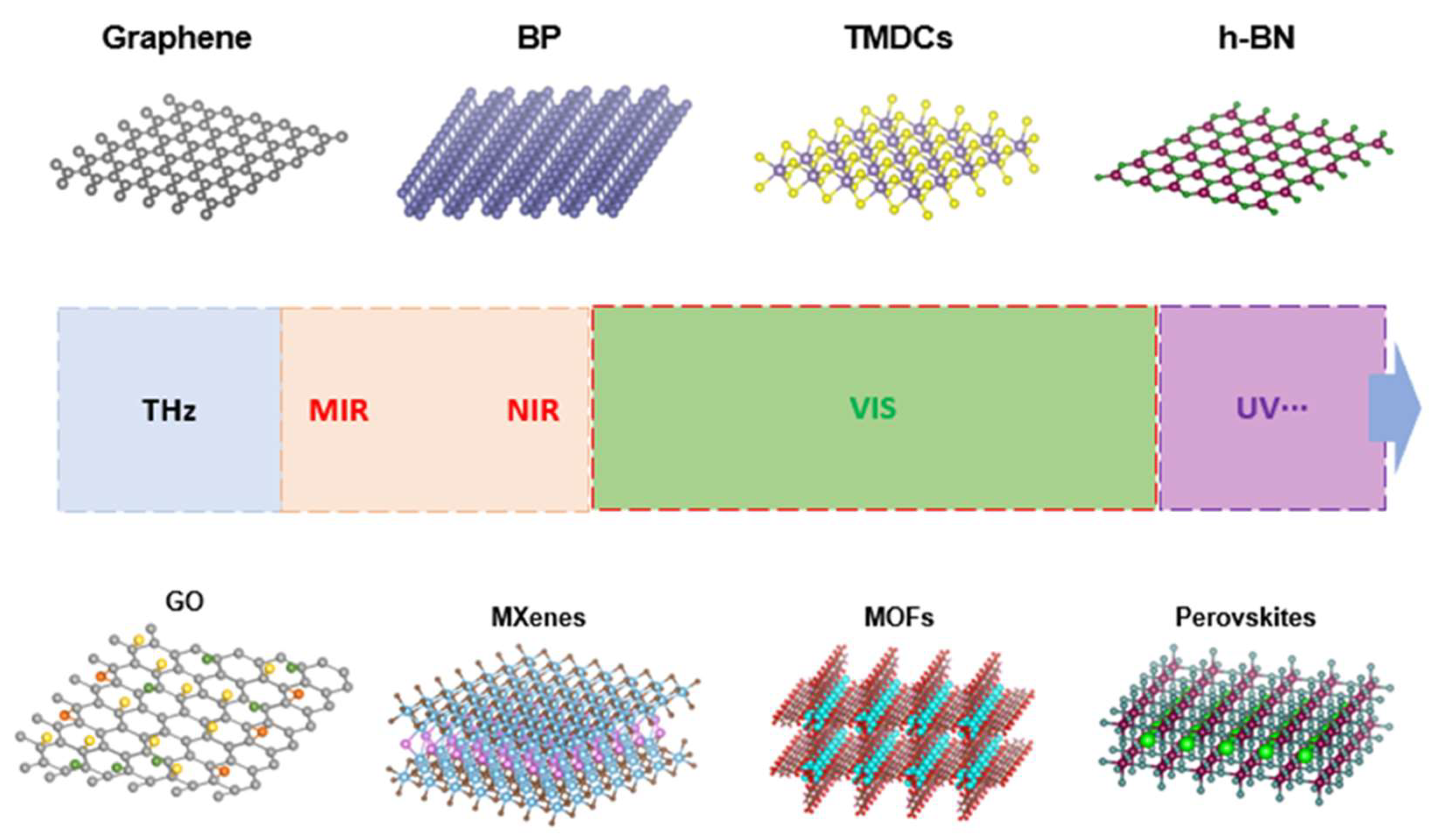Contents

Source: Wikipedia
Understanding Nonlinear Optical Crystals
Introduction
Optical crystals with nonlinear properties play a crucial role in various applications such as frequency conversion, electro-optic modulation, and laser gain media. These crystals exhibit unique optical nonlinearities that can be harnessed for different purposes.
Properties of Nonlinear Crystals
Nonlinear crystals are typically artificially created and possess properties like high nonlinearity, large size availability, and reasonable pricing. Other important factors include resistance to optical damage, thermal effects, and chemical durability. The choice of a suitable crystal for a specific application involves considering multiple aspects to optimize performance.
Frequently Used Nonlinear Crystal Materials
- Lithium Niobate and Tantalate: Known for strong nonlinearity and used in frequency conversion and modulators.
- Potassium Niobate: Utilized for frequency doubling and piezoelectric applications.
- KTP, KTA, RTP, RTA: Materials with high nonlinearities suitable for periodic poling.
- KDP, KD*P: Crystals with good homogeneity and high damage threshold, albeit hygroscopic.
Borate Crystals
Borate crystals like LBO, BBO, and CLBO are ideal for generating short wavelengths, green and blue laser sources, and UV generation due to their high band gap energy and resistance to UV light. These crystals are also used in optical parametric oscillators and amplification.
Mid-IR Crystals
For mid-infrared and terahertz generation, crystal materials such as ZGP, AgGaS2, and GaSe are essential due to their transparency in the infrared region. These crystals enable efficient generation and frequency conversion of laser light in the mid-IR spectrum.
Lifetime and Usage of Nonlinear Crystals
Nonlinear crystals typically have long lifetimes but can degrade under high optical intensities, UV exposure, or poor environmental conditions. Factors like optical damage, photorefractive effects, and hygroscopicity can affect crystal longevity. Some applications require very thin crystals for specific purposes like minimizing group velocity mismatch in ultrafast pulse interactions.
Conclusion
Understanding the properties and applications of nonlinear optical crystals is essential for optimizing their performance in various photonics applications. By considering factors like material nonlinearity, durability, and environmental effects, researchers and engineers can select the most suitable crystal for their specific needs.

Source: MDPI
Feel free to comment your thoughts.



